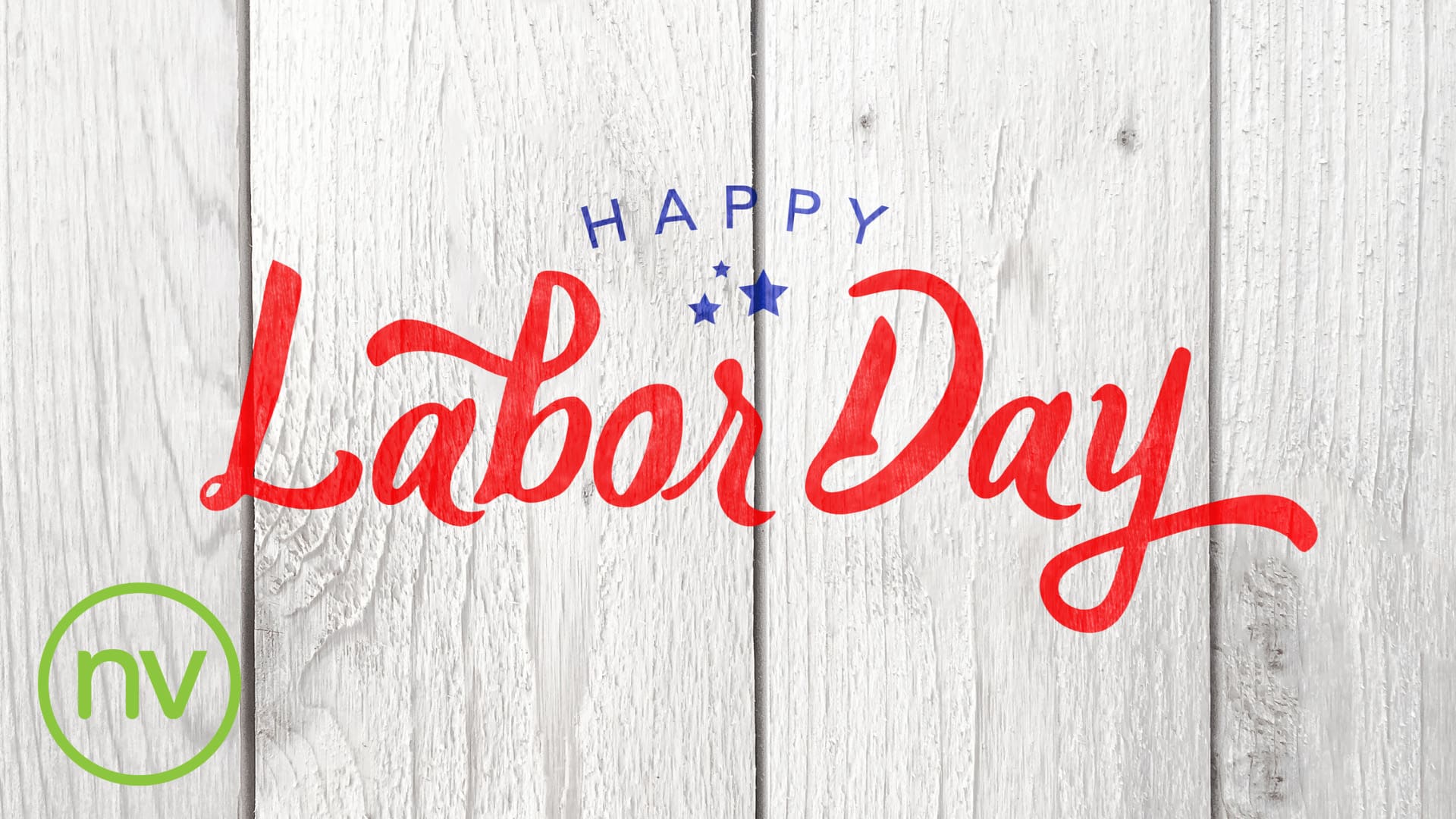Labor Day: a federal holiday that was born out of respect for the American labor movement. As years have passed, this holiday has come to symbolize much more than a day off work—it represents the end of summer, the beginning of the school year, and, for marketers, a major sales opportunity.
The evolution of Labor Day marketing strategies provides a fascinating insight into broader shifts in advertising methods, cultural attitudes, and technological advancements. Let’s dive in and explore this journey of innovation and adaptation.
1. The Humble Beginnings: Print and Radios
In the early 20th century, Labor Day sales were promoted predominantly through print media, especially newspapers. Major department stores would take out full-page ads announcing their end-of-summer sales. Radios, still a relatively new invention, broadcasted special Labor Day programs interspersed with announcements of local deals and discounts.
2. The Television Era
As the mid-century approached, televisions began to dominate American households. Brands quickly recognized the power of TV advertising and began creating special commercials for Labor Day sales. This period saw a mix of heartwarming adverts celebrating the American worker, combined with flashy advertisements promoting major discounts.
3. Digital Disruption
The onset of the digital age in the late 90s and early 2000s fundamentally transformed Labor Day marketing strategies. Brands started leveraging the power of email marketing, sending out Labor Day promotions directly to the inboxes of their customers.
Furthermore, the advent of social media platforms such as Facebook, Twitter, and Instagram opened up new avenues for brands to reach their audiences. Flash sales, online-exclusive discounts, and interactive campaigns became the norm.
4. The Rise of Experiential Marketing
As the 2010s rolled in, there was a noticeable shift towards experiential marketing. Instead of just promoting sales, brands started creating Labor Day experiences. This could range from a brand hosting a Labor Day beach party to creating virtual reality shopping experiences. The idea was not just to sell but to create lasting memories associated with a brand.
5. Purpose-Driven Campaigns
With the rise of social media, consumers began expecting more from brands than just products or services—they wanted brands to stand for something. This shift led to many companies creating purpose-driven Labor Day campaigns. Rather than just focusing on sales, these campaigns might highlight the importance of workers’ rights, promote sustainable work practices, or support initiatives that help underprivileged workers.
6. The Personalization Wave
With advancements in data analytics and artificial intelligence, the late 2010s saw brands moving towards hyper-personalized marketing campaigns. Instead of broad Labor Day sales emails, consumers might receive a personalized discount based on their shopping habits. Or they might see a Labor Day ad on social media specifically tailored to their likes and interests.
7. The Present: A Blend of the Old and New
Today, the most successful Labor Day marketing campaigns blend traditional advertising methods with modern digital strategies. Brands might release a heartwarming TV commercial celebrating the spirit of Labor Day, while simultaneously running a social media campaign using a unique hashtag, urging users to share their Labor Day experiences.
Furthermore, in a world post-pandemic, where online shopping has become more prevalent than ever, brands are innovating to create seamless digital shopping experiences, complete with virtual try-ons and instant customer support.
Conclusion
Labor Day marketing strategies have come a long way from simple newspaper ads. They’ve evolved in tandem with technological advancements, societal shifts, and changing consumer expectations.
Yet, at the heart of every successful Labor Day campaign is a respect and understanding of the holiday’s origins—a celebration of the American worker. As brands continue to innovate and adapt their marketing strategies, this core principle remains ever-important.
As we celebrate another Labor Day, it’s exciting to imagine how brands will further evolve their strategies in the years to come. Whatever the future holds, one thing’s for certain: the blend of tradition and innovation will continue to drive captivating Labor Day campaigns.



